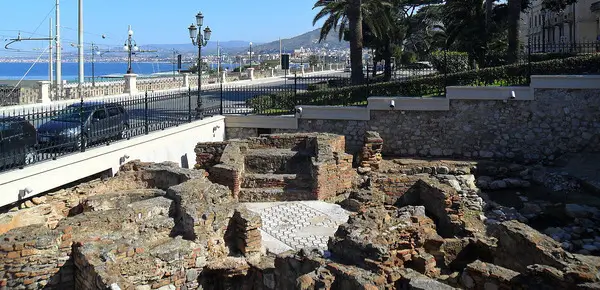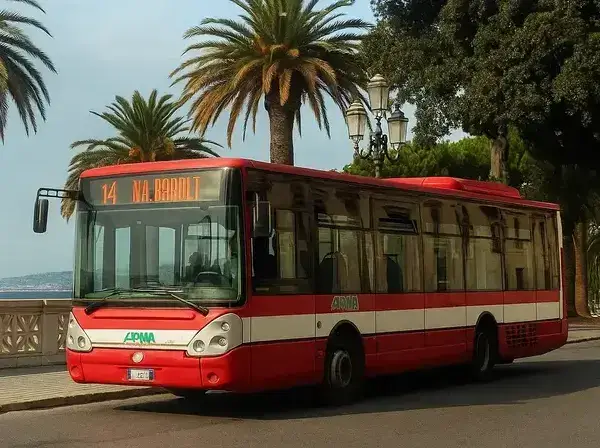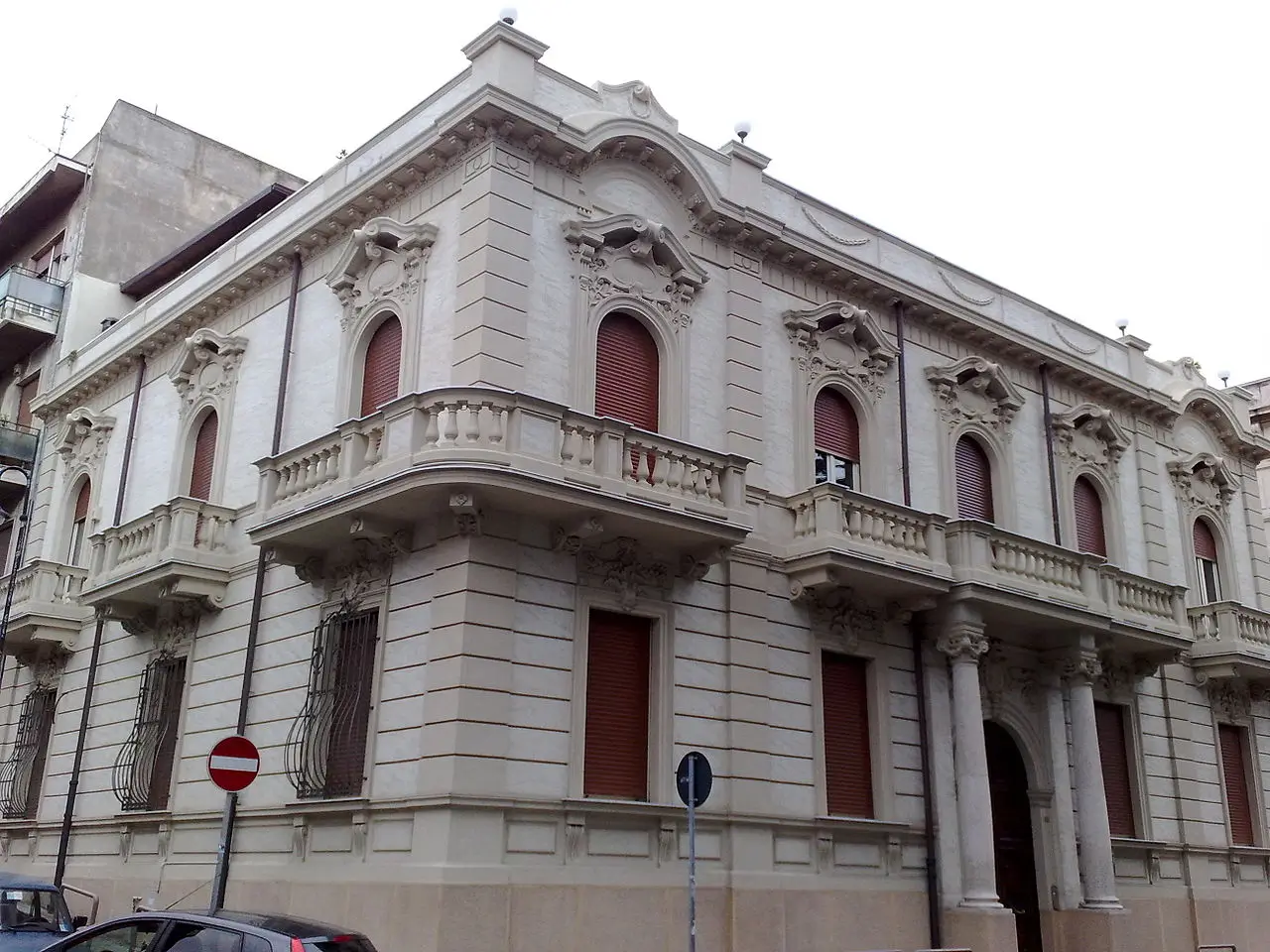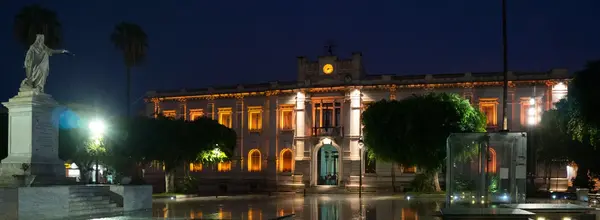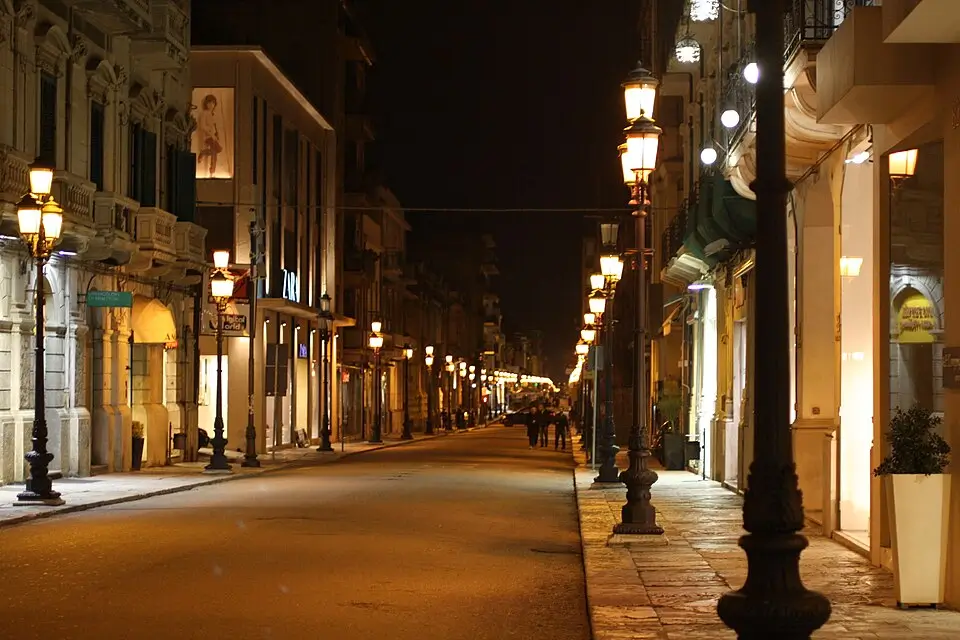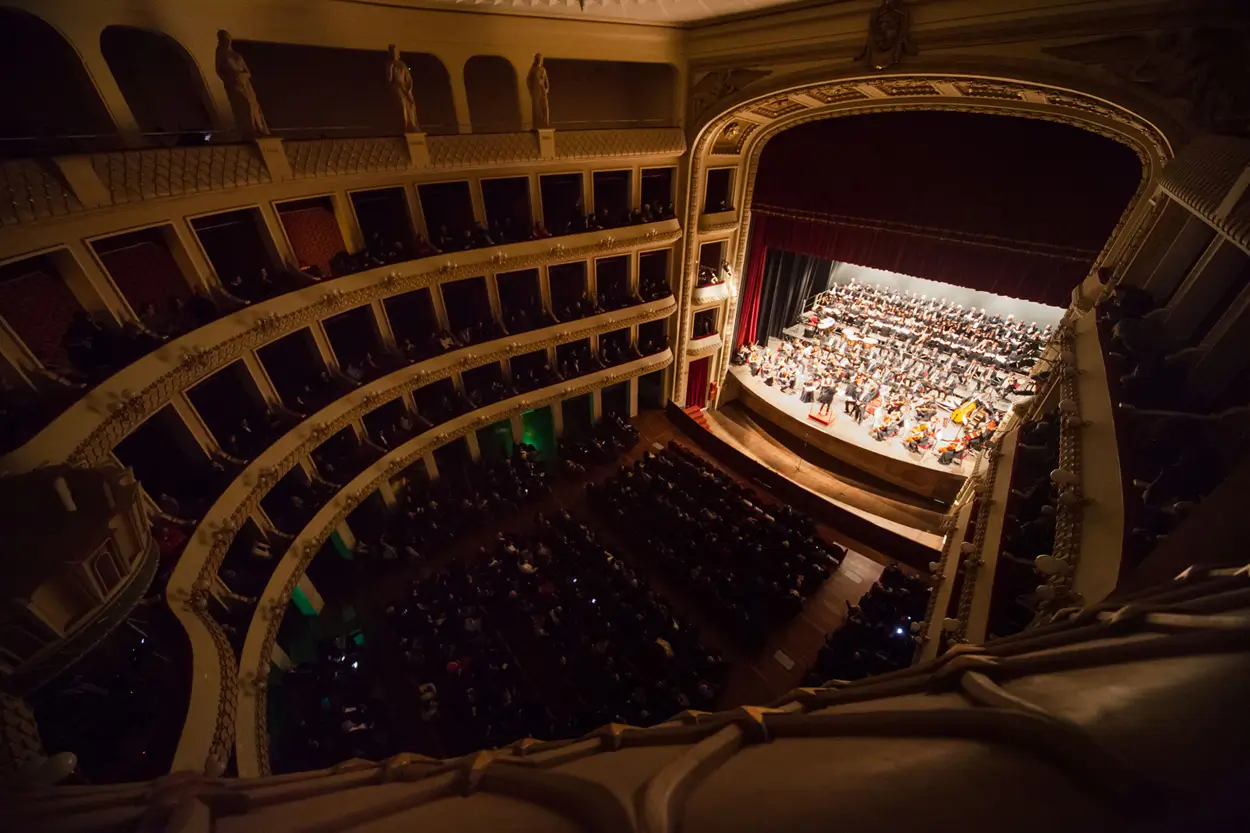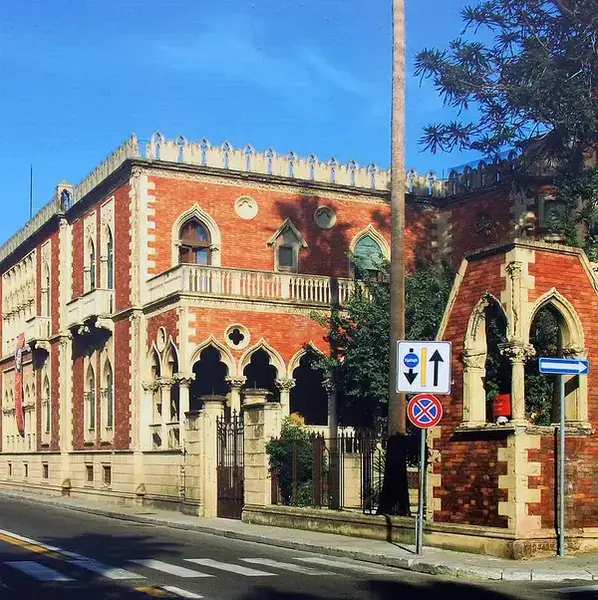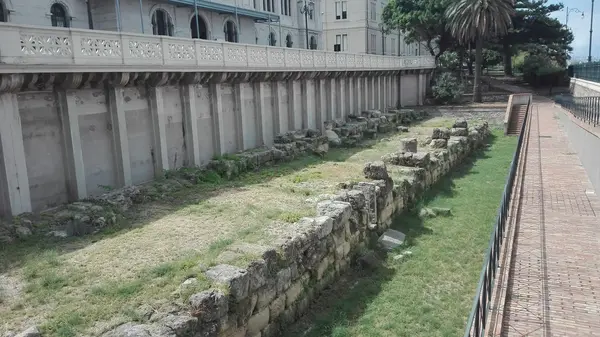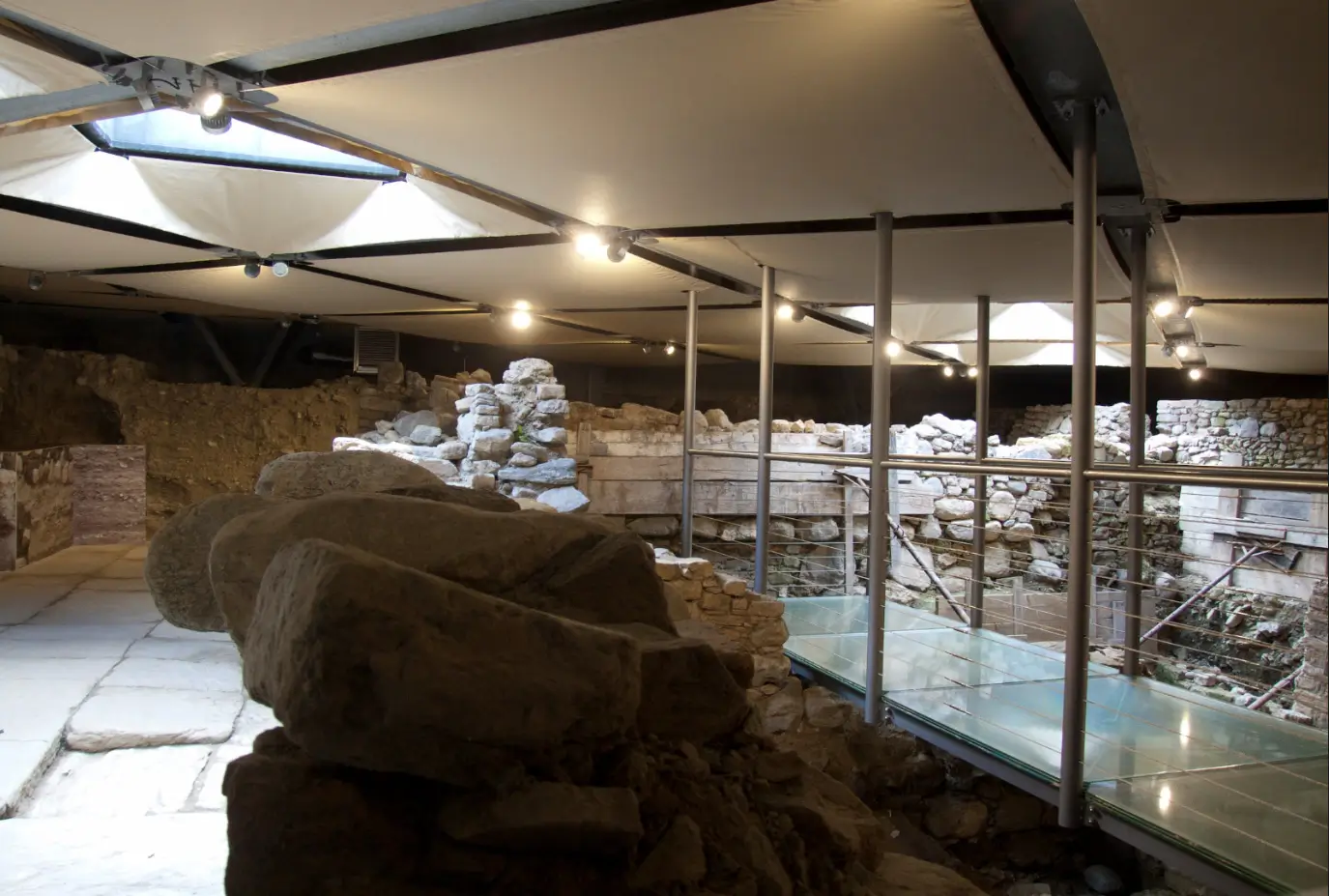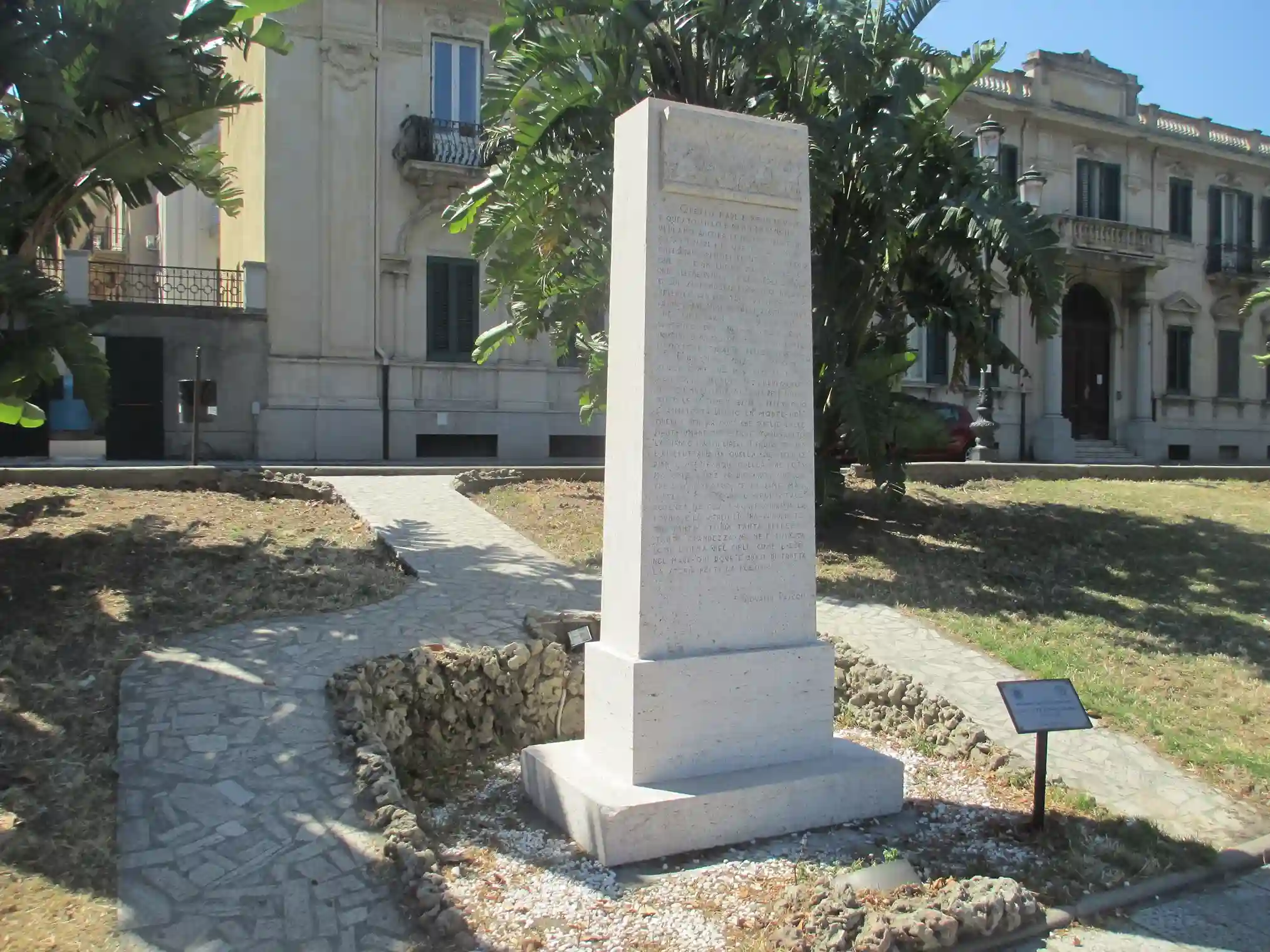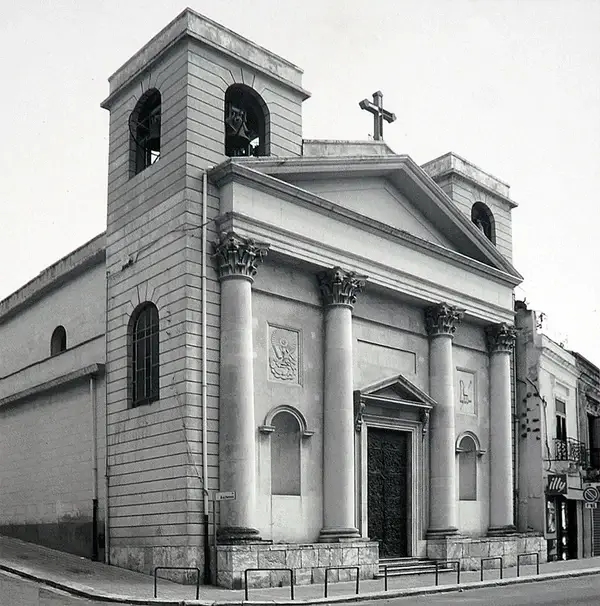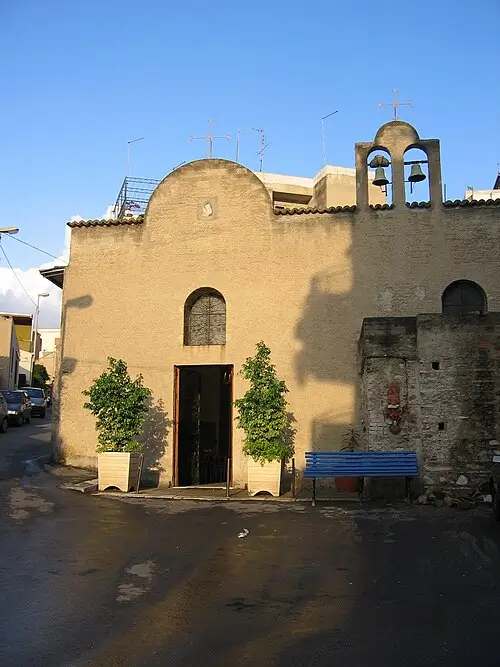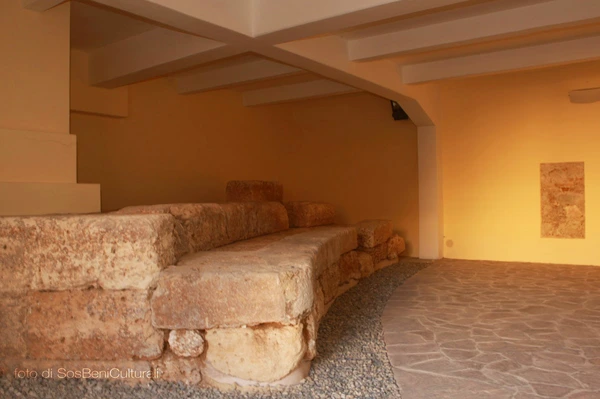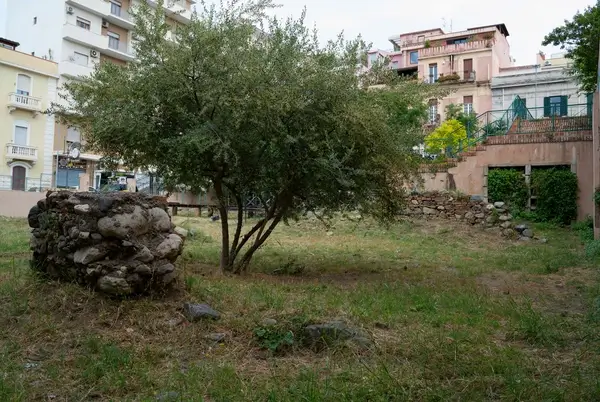Walking in the Footsteps of Imperial Rome
A Hidden Treasure Where History, Art, and Water Come Together
At the far end of the scenic Lungomare Falcomatà, the Roman Baths of Reggio Calabria await discovery. These ruins were unearthed after the 1908 earthquake and have since become one of the city’s most fascinating archaeological landmarks. They reveal an ancient world of elegance, daily ritual, and quiet luxury.
The baths likely belonged to a private residence, given their limited size. Yet, what they lack in grandeur, they make up for in charm and detail. Visitors can still see the tepidarium and calidarium (warm rooms), an elliptical hot tub, a square cold bath, and a small changing room with a striking black-and-white mosaic.
Interestingly, the site also tells a story of survival. For centuries, it was hidden beneath the Bastion of San Matteo, part of the Spanish city walls. This layer of history helped preserve parts of the original complex. As a result, visitors today can admire multiple building phases woven into the same space.
The mosaic floor, dating to the 2nd–3rd century AD, is a highlight. It features geometric designs made of white limestone and black volcanic stone, likely from Sicily or the Aeolian Islands. A few gray tesserae show ancient repairs—proof of the care and value given to beauty, even then.
Moreover, during excavation, archaeologists found fragments of painted plaster. These included marine motifs, suggesting a space filled with both pattern and color.
Plan Your Visit
Easily reach the Roman Baths and uncover a timeless piece of Reggio Calabria’s soul.
Eat, Drink & Shop
Looking for a place to eat, grab a drink, or do some quick shopping? Find nearby restaurants, and pubs to make your day easier and tastier.
Quick Essentials
Need to grab medicine, withdraw cash, or buy tobacco products in Reggio Calabria? Find nearby supermarkets, pharmacies, and ATMs with one click to keep your day running smoothly.
Explore Nearly Attractions
Just steps from the Roman Baths, uncover more of Reggio Calabria’s gems and hidden treasures
